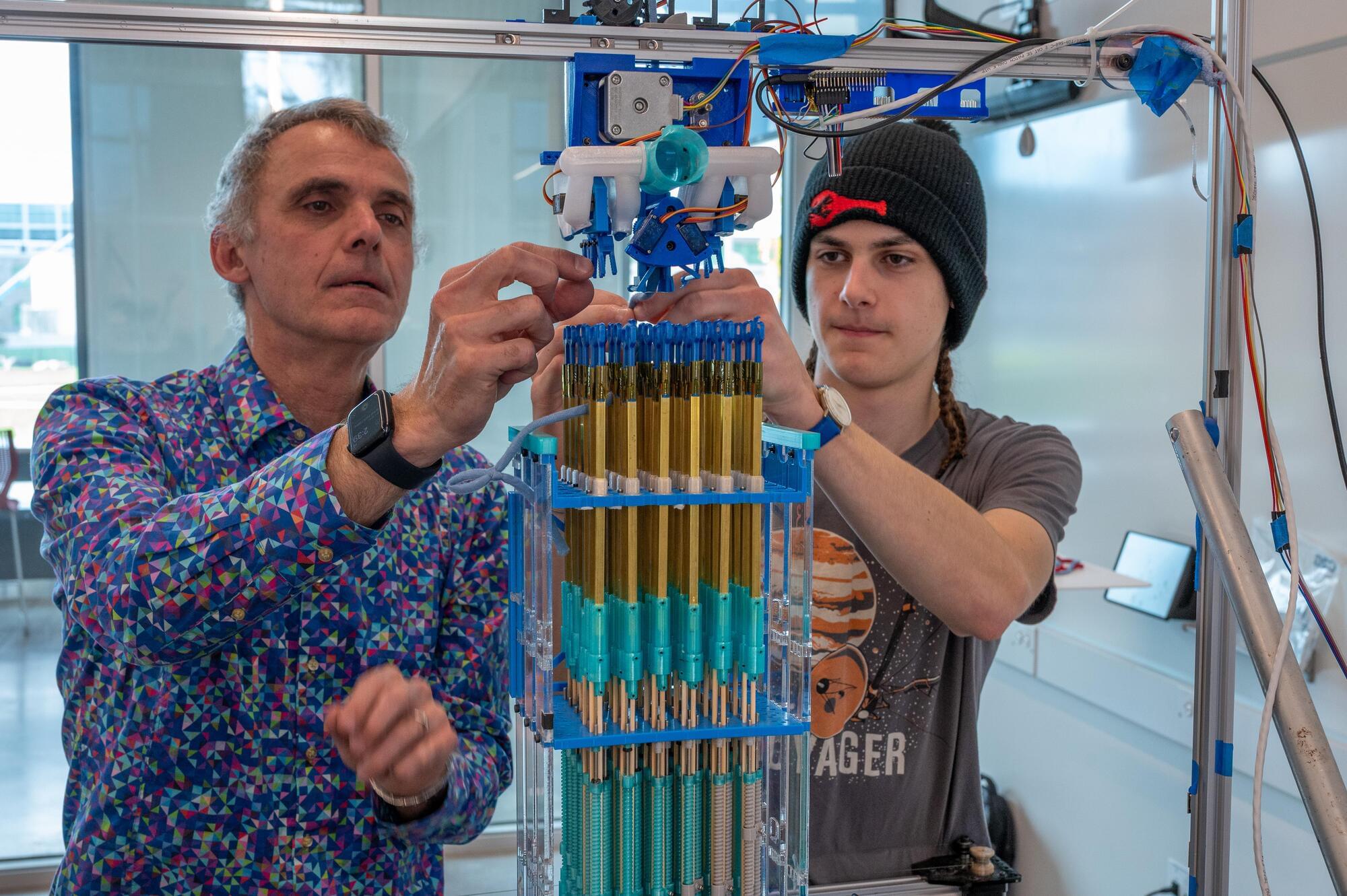A new study has revealed that artificial intelligence can now generate images of real people that are virtually impossible to tell apart from genuine photographs.
Using AI models ChatGPT and DALL·E, a team of researchers from Swansea University, the University of Lincoln and Ariel University in Israel, created highly realistic images of both fictional and famous faces, including celebrities.
They found that participants were unable to reliably distinguish them from authentic photos—even when they were familiar with the person’s appearance.









